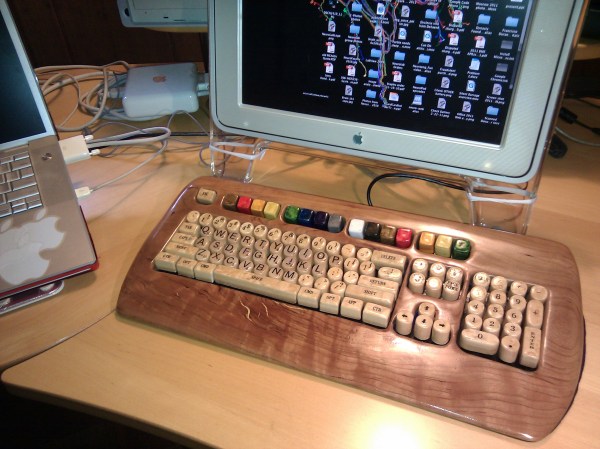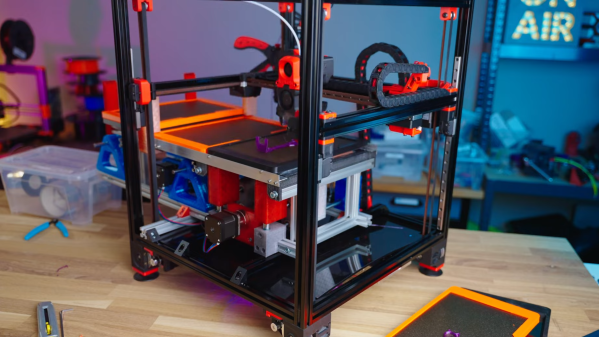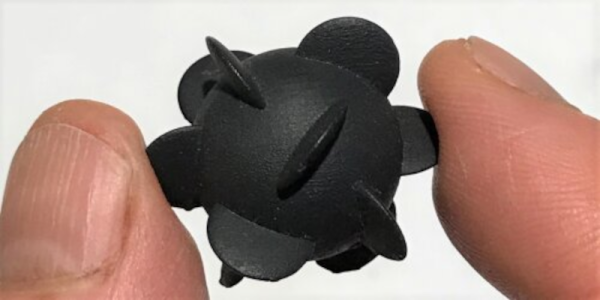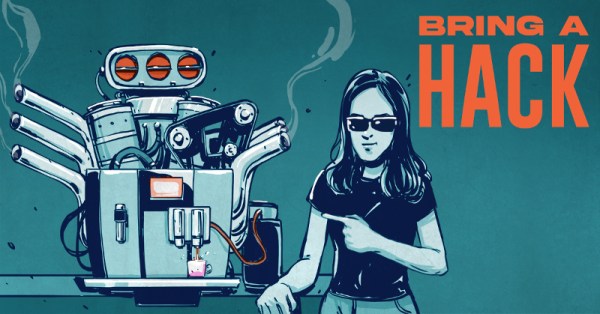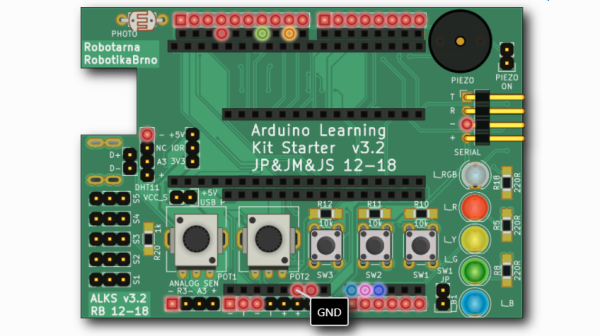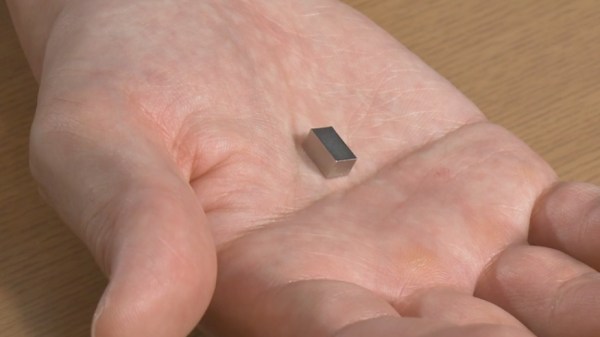[Steve M. Potter] loves and respects a good, solid keyboard as much as we do and wanted to build an heirloom-level battleship to grace their home office. Well, you couldn’t ask for a better donor keeb. [Steve] used a Unicomp, the modern Model M. The cases on them are nowhere near as nice as a real model M, but hey, where else are you going to find a keyboard with new buckling spring switches? You’re not. (If anyone has a line on new buckling spring switches by themselves, please let us know.)
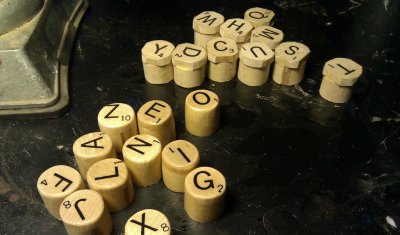 Although it has those wonderful buckling spring switches, this body is made of solid cherry. After dialing in the general shape of the case, [Steve] carefully routed out all the key cluster holes using a plunge router. This appears to have been the easy part, because making the keycaps looks terribly tedious.
Although it has those wonderful buckling spring switches, this body is made of solid cherry. After dialing in the general shape of the case, [Steve] carefully routed out all the key cluster holes using a plunge router. This appears to have been the easy part, because making the keycaps looks terribly tedious.
The alphas a number row are all made from 3/4″ maple dowel rod cut down into cylinder nuggets and topped with Scrabble tiles. The F keys and modifiers are cut out of square poplar rod with bird’s eye maple veneer for a unique look. We particularly like the colored F keys — they look like candy or whisky stones, and just happen to be in resistor color code order. But our favorite part has to be the Caps Lock light. We’ll never understand why in situ lock lights went out of fashion.
Like the look of this keyboard but don’t have this much time to invest? Macropads look good in wood, too.

